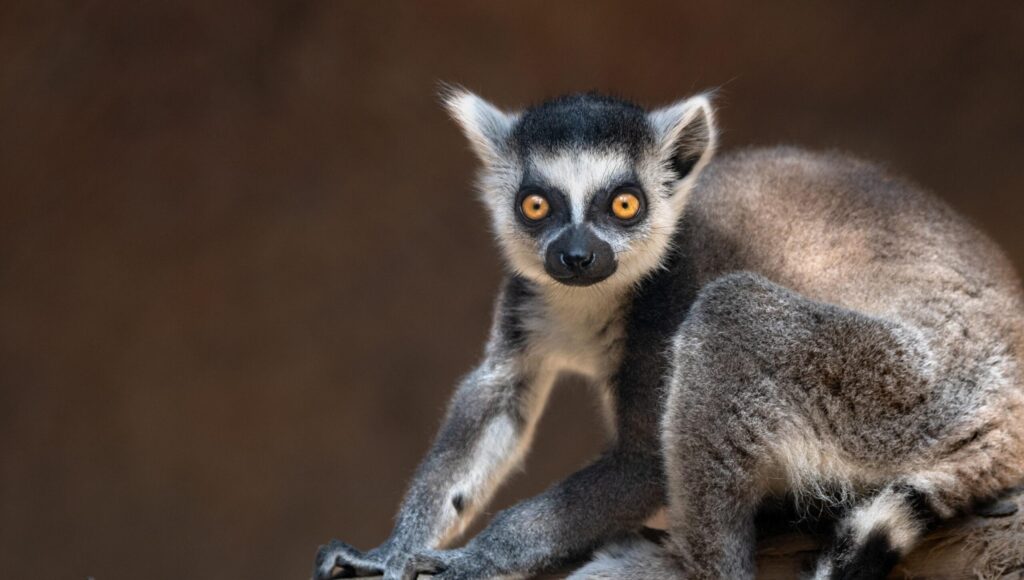Impact of Environmental and Human Factors on the Genetic Diversity of Madagascar’s Lemurs: Insights from Recent Research
In the vibrant forests of Madagascar, where the distinctive calls of lemurs resonate, a significant crisis is emerging. These remarkable primates, which have developed in isolation on the world’s fourth largest island, are facing numerous threats that jeopardize their genetic diversity. A recent publication in Nature highlights both ecological and human-induced factors contributing to these changes, illustrating how habitat degradation, climate fluctuations, and human encroachment are affecting the genetic vitality of lemur populations. As scientists investigate the complex interplay between environmental stressors and genetic variation, their findings emphasize an urgent need for conservation initiatives in one of Earth’s most diverse yet vulnerable ecosystems. This article delves into these critical research findings while underscoring the necessity for a comprehensive strategy to safeguard Madagascar’s extraordinary lemurs’ genetic heritage.
Environmental Challenges and Habitat Degradation: The Genomic Repercussions for Madagascar’s Lemurs
The unique ecosystem of Madagascar is increasingly threatened by human activities and climate change, leading to severe ecological challenges and habitat loss that directly impact its iconic lemur species. These challenges take various forms including deforestation, agricultural expansion, and urban development, resulting in fragmented habitats essential for lemur survival. As available habitats shrink, there has been a noticeable decline in genetic diversity among lemur populations—heightening their susceptibility to environmental shifts and diseases.
Recent genomic studies have revealed concerning patterns regarding these primates’ genetic health. Evidence shows that habitat destruction correlates with diminished genetic variance; thus conservationists are advocating for an immediate reassessment of existing protective measures. Notably, regions with substantial habitat preservation exhibit higher levels of allelic diversity, crucial for adaptive resilience against changing conditions. The table below illustrates how different habitat conditions relate to various metrics of genetic diversity:
| Habitat Condition | Allelic Diversity Level | Total Population Size | |
|---|---|---|---|
| Preserved Forests | High | 1,500+ | |
| Deteriorated Forests | Moderate | 500-1,000 | |
| Semi-fragmented Areas | < 500 | ||
| > << th >>Focus Area | > << th >>Expected Outcome | << / tr>> | << td >Habitat Conservation | << td >Enhanced Genetic Variability | < / tr>> | << td >Local Engagement | << td>Sustainable Practices Adopted< / tr>> |
|---|
